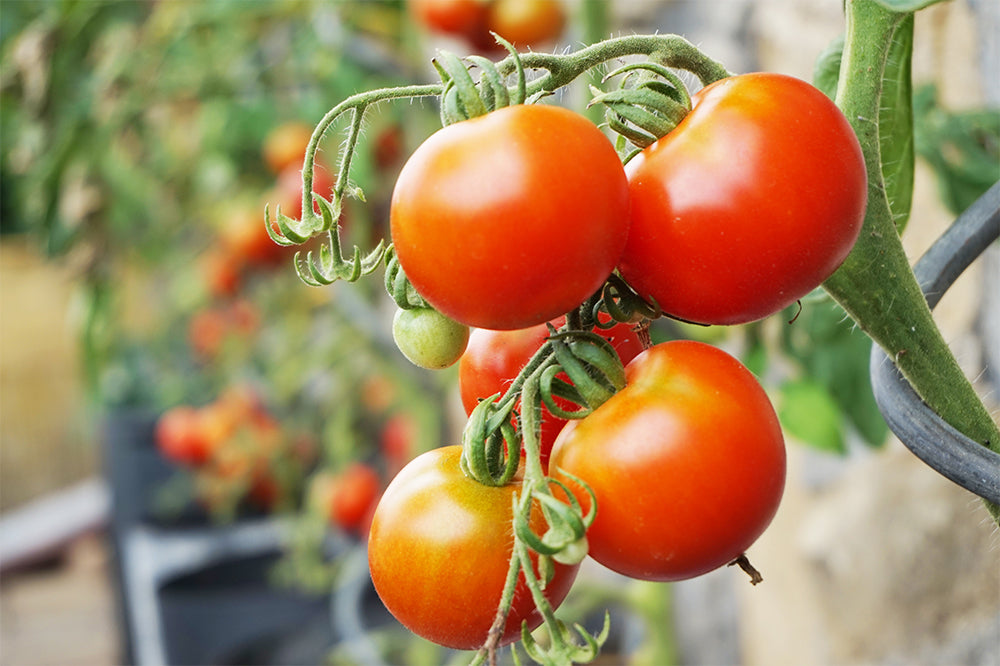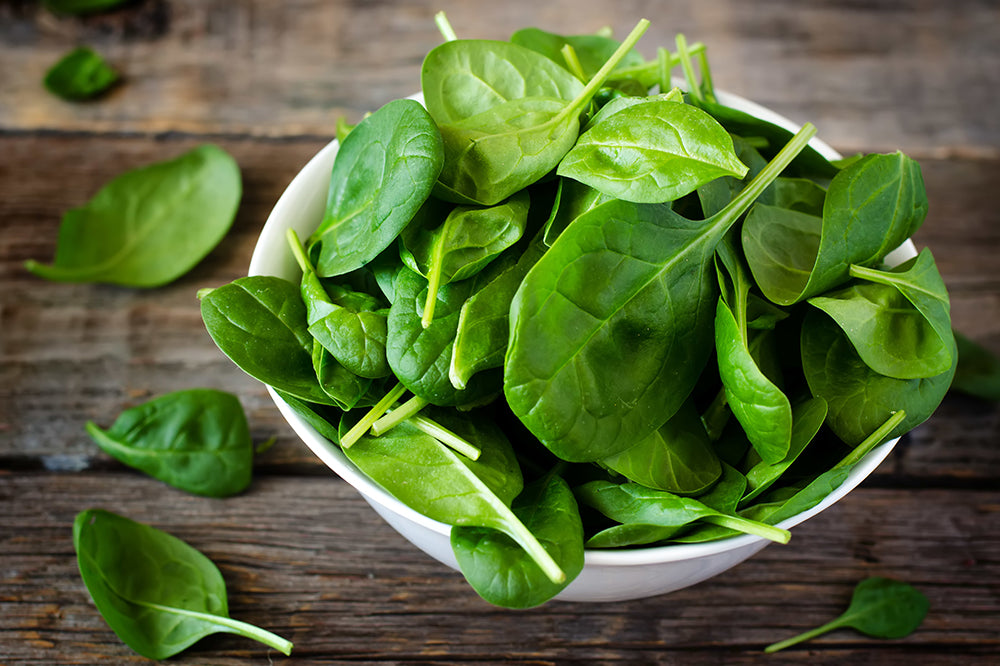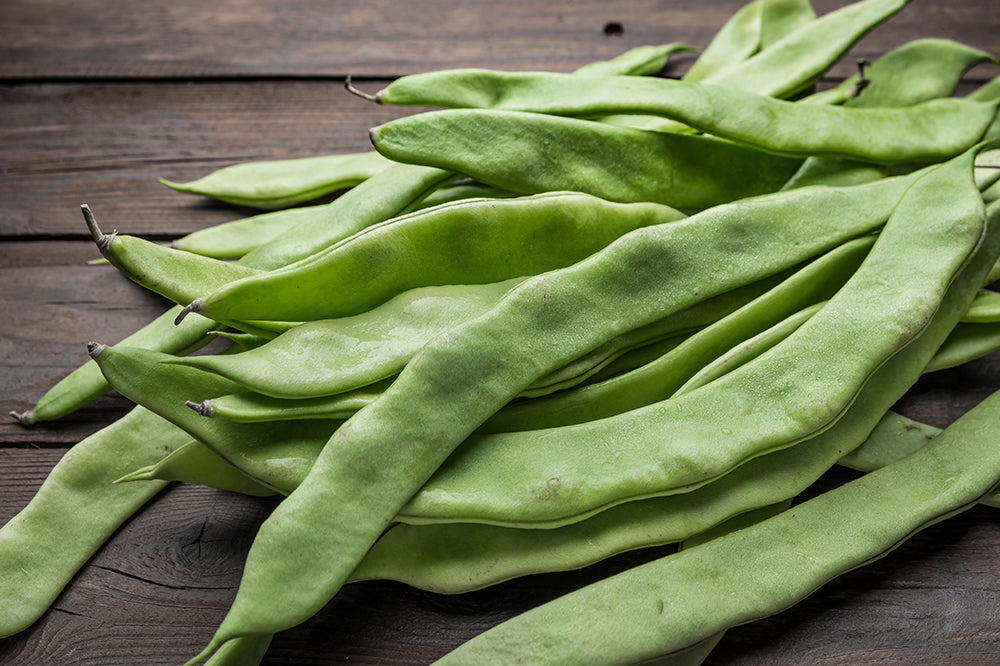Expert Guides!
Expert Guides!

Gardens and greenhouses have been enjoyed for a long time, with the first greenhouse having been built in Rome A.D. 30. Are you looking to start your first vegetable garden whether in a greenhouse or outdoors?
Are you looking to save time and grow vegetables you don't have to wait around for? In this article, you'll discover some of the easiest vegetables to grow. Read on to explore these delicious vegetables so you can have your dream garden in no time.
Tomatoes are one of the best vegetables to grow since you'll save money at the supermarket. Although tomatoes are technically considered a fruit, they deserve a nod for their convenience and ease to grow them.

Growing tomatoes from seeds for greenhouses, you'll want to sow the seeds in March. If you're placing them outdoors, wait until April. For the earliest crop of tomatoes, you can sow your seeds during the first week of February.
Start the seeds in 20 degrees C in a well-lit windowsill or heated propagator. You can sow many seeds in a 7 cm pot. When they're big enough, put them into their own 7 cm pots.
Keep them at about 15 degrees C and ensure they're well-lit. Make sure you water your tomato plants regularly. If they're potted, water them in the morning and evening. Use a liquid tomato food to feed your plants.
Salad leaves are incredibly easy to grow. When you're looking for easy veggies to grow, whether outside or growing indoor vegetables, salad leaves are a great choice. A common salad leaf is lettuce, but there are plenty of others to choose from. Other choices are endive, sorrel, spinach, mizuna, mibuna, and chicory.

Ensure your salad leaves are in the full sun and have the soil well-drained. You can also use salad bowls, grow bags, and containers. Ensure what you're using has drainage holes. You can also place salad leaves in your garden.
Sow the salad leaves indoors in February. For sowing outdoors, choose mid-spring to late summer. Place them thinly apart in rows at 1 cm deep.
You can also use a mixture of seed on top of the soil's surface. Next, cover it with 1 cm of compost. When the seed grows, thin out the seedlings by removing them with your forefinger and thumb. This allows your plants to have more room to develop.
You can have salad leaves all summer by sowing several times. For salad leaf care, always water the soil when it's dry. You'll ideally want to water them in the morning.
When the salad leaves are ready to be harvested (10 cm high), you can clip the leaves with scissors. Your plants will re-grow and can be trimmed many times.
When you're wondering how to grow vegetables in a home garden, make sure you include how to grow runner beans. They're easy to grow from seeds and they crop for months. Ensure you only grow what you need to avoid overwhelming your plants. Runner beans are great in moisture-retentive soil.

You also don't have to dig a bean trench. You can dig with organic matter such as soil improver or garden compost. You'll want to create support for your runner beans. Bamboo canes are a great option if they're at least 2.4 m tall. Make sure to push the bamboo canes into the ground.
There are 3 great methods for bean supports, a-frame, x-frame, and wigwam. An x-frame is made with pairs of bamboo canes that are placed at 45 degrees to the ground. They need to cross halfway up and are tied in the middle.
Make sure they're strengthened from a horizontal pole tied where the canes cross. An a-frame is easy to dismantle and erect. It's great at stopping weeds too.
A wigwam is easy and fast to place. It has a compact shape for taking up less space. Runner beans sown in the last week of May will produce a high yield.
To plant runner beans, you'll want to place them 15 cm apart in single rows. You can also use double rows that are 60 cm apart, or around wigwams. They're sensitive to frost, so make sure to harden before planting them. You'll need to water them regularly in dry summers. They only need a soaking weekly or a light sprinkle daily.
You can pick your beans 2 times a week.
Did you know that potatoes are 80% water and 20% solid? When you're growing vegetables, be sure to include potatoes to your list. Since there a variety of ways to cook them whether baked, chipped, mashed, or boiled, the options are endless.

They're either considered maincrops or early varieties. If they're maincrops, they're in the ground longer than early varieties. Maincrops produce bigger potatoes and a better yield. Early varieties are ready much sooner.
Potatoes are from seeds called tubers. You'll want to buy seed potatoes from late winter and on. First, they can be started indoors for sprouting before they're planted. Potatoes do best when you allow them to sprout before planting them.
First, stand them up with the small dents in the skin side up in egg boxes or a similar box. When they're 3 cm long, they're ready to plant.
For early potatoes, make sure you rub off the weakest shoots and have 4 per tuber. Ensure you keep the potatoes well watered in dry weather. They do best in nitrogenous fertiliser. Maincrops are planted mid-late April. For second earliest, you'll want to plant them early-mid April. First earlies you'll want to plant around late March.
Follow this guide for the easiest vegetables to grow in your dream garden of delectable foods. Would you like to take the time and energy out of hand watering your garden? Check out our garden irrigation systems today.
Leave a comment